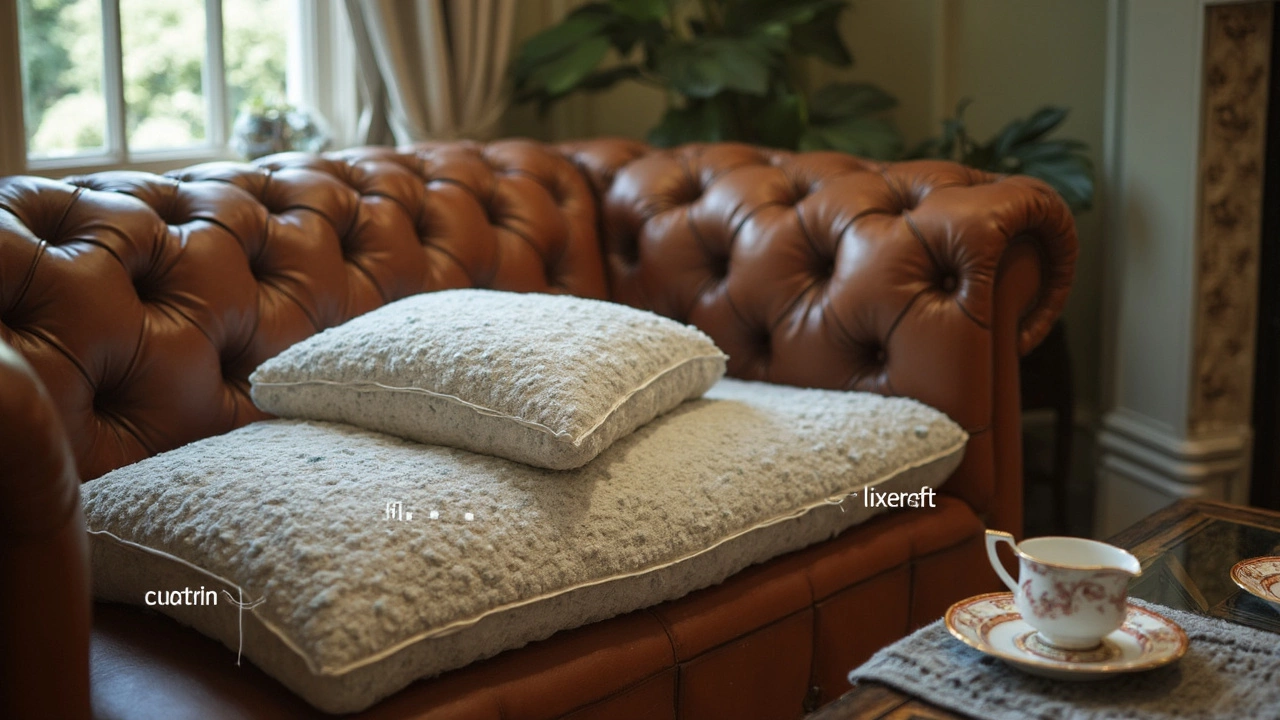Density Foam Flooring: What It Is and Why You’ll Love It
Ever walked on a floor that feels soft, quiet, and sturdy at the same time? That’s density foam at work. It’s a high‑density, resilient material placed under carpet, laminate, or hardwood to add comfort, reduce noise, and protect the subfloor. Think of it like a cushion for your floor – it spreads weight evenly and blocks sound.
Key Benefits of High‑Density Foam Underlay
First off, comfort. The foam’s thickness absorbs footsteps, making rooms feel warmer and less echoey. If you have kids, pets, or a home office, that extra give can protect your joints and keep the space pleasant. Second, sound insulation. Density foam dampens impact noise (like dropping books) and airborne sound, so upstairs rooms stay quieter. Third, it helps level minor imperfections in the subfloor, extending the life of the flooring you install on top.
Another win is energy efficiency. The foam adds a thin layer of insulation, reducing heat loss through the floor in colder months. It also prevents drafts that can make a room feel chilly. Finally, it’s easy to replace. If you ever change your flooring style, you can pull up the old foam and lay down a fresh layer without hassle.
Choosing and Installing Density Foam the Right Way
When shopping for density foam, look for a label that mentions a density rating of 30 kg/m³ or higher. Higher density means better support and longer durability. Thickness matters too – 6 mm is common for most residential projects, but 8 mm or 10 mm works well in high‑traffic areas or on concrete slabs.
Measure your room carefully and cut the foam to fit, leaving a small gap (about 10 mm) around walls for expansion. Overlap seams by at least 2 cm and seal them with acoustic tape to keep sound from leaking through gaps. If you’re installing carpet, lay the foam first, then tack the carpet on top using a knee‑kicker or a professional installer.
For laminate or engineered hardwood, lay a moisture‑resistant barrier first if you’re on concrete, then spread the foam. Press the flooring planks down firmly, and the foam will compress slightly, creating a snug fit. Remember to keep the foam dry – moisture can break down its structure over time.
Maintenance is simple. Vacuum or sweep the floor regularly to avoid grit that could wear the foam. If you notice any soft spots after years of use, replace that section rather than the whole sheet. This saves money and keeps the floor feeling fresh.
Bottom line: density foam is a low‑cost upgrade that adds comfort, quiet, and protection to any flooring project. Whether you’re revamping a single room or doing a whole‑house remodel, the right foam makes a noticeable difference without breaking the bank.
Best Density Foam for Comfortable Seat Cushions
- Gavin Whitaker
- |
- |
- 0
Choosing the right density foam for seat cushions is crucial for comfort and durability. Foam density impacts how your couch feels, with different densities suiting different preferences and uses. We'll break down the basics of density, look at the pros and cons of different types, and offer tips for making the perfect choice. Whether you need firm support or a plush feel, understanding foam density can improve your lounging experience.
View more